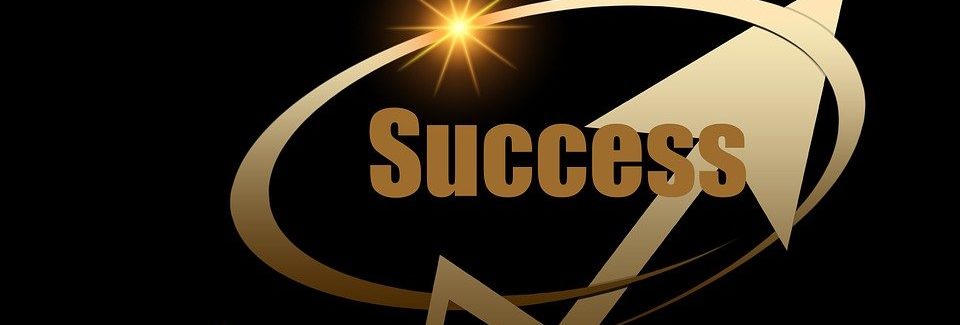A blockchain wallet is what? That is the best question to ask first. The easiest way to explain a wallet is as the leather-bound “fold-over” pouch where you keep your cash, credit cards, and the picture of your first Ferrari (which you’ll buy when your bitcoins reach $200k per unit).
In order to exchange, use, and redeem cryptocurrency on the blockchain (the new database of the future), you need a wallet. This is a virtual setting that functions similarly to the wallet in your back pocket, but only in terms of data.

Searching for the best way to upload CASH or FIAT into Cryptocurrency? We use the blockchain wallet with COINBASE (we suggest you set up; it’s the best way to learn more. You get $10 in BTC just for joining).
From there, there are a number of other wallets available, each with specific functions and resources inside the blockchain, cryptocurrencies, and our collective expanding digital future.
Staked coins and the option to “stake” or retain your coins for gains are now both available from Coinbase. You agree to lock them, which means that you will “STAKE THEM” and not sell or transfer them. When they are STAKED, they retain the coin’s value. You receive an APY, or annual percentage yield, for doing so, just like you would with a bond or savings account. These vary from 0.01 to occasionally 25% or more. In general, the ones supported by Coinbase have been shown to be safer. But with investments—including staking—risk is a constant.
Coins that have been staked have the potential to win rewards, typically in the form of extra coins. Like a certificate of deposit or bank bond. Used to produce and support the production of more cryptocoins.
We are Available for Contact Regarding This (or anything on this Community Information System) See How by CLICKING HERE to Contact Us.
